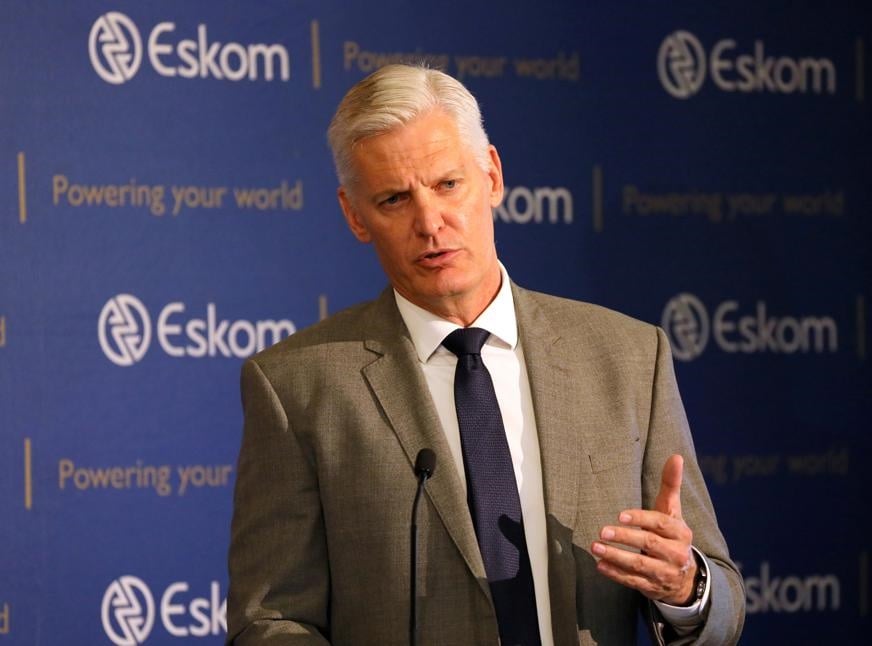
Despite the regular loadshedding that is meant to give Eskom the opportunity to service its ageing fleet of coal-fired power stations, the availability of power generating units is still miles behind the targets set by Public Enterprises Minister Pravin Gordhan late last year.
The separation of Eskom’s divisions for electricity generation, transmission and distribution is, however, progressing well.
According to the Road Map for Eskom in a Reformed Electricity Supply Industry, released by Gordhan in late October last year, the availability figure for Eskom’s generating units should have been at 73% by late this month.
However, in the year to date, it has only managed 61.8%, even worse than last year’s average of 66.93%. The latest figures for the week of 9-15 March show that the average availability factor was 62.08%, with 24.07% of the available generating capacity experiencing unplanned breakdowns and a further 12.41% being put out of operation for planned maintenance.
Eskom’s own projections for the next three months show that there will likely be an ongoing shortage of about 2 000 megawatts in generating capacity.
This is equivalent to the amount of electricity supply that is saved during phase two load shedding.
Eskom said it has, however, made progress with the separation of it activities into separate divisions for electricity generation, transmission and distribution.
Under the leadership of Eskom’s new CEO, André de Ruyter, the group has distanced itself from the term “unbundling” used in Gordhan’s roadmap.
According to De Ruyter, this is to counter the perception that the restructuring of Eskom necessarily means privatisation, a term that attracts a great deal of political resistance.
According to the road map, the transmission division must have an interim board of directors and its own CEO by the end of March.
This has been achieved in all three divisions. Board posts have been filled internally. The three new CEOs -- Bheki Nxumalo for generation, Segomoco Scheppers for transmission and Monde Bala for distribution -- were previously the group executives for their respective divisions.
The personnel that previously provided central services to divisions, such as human resources, finance, technology and acquisition management, now report directly to the managers of the various divisions. This will ensure enhanced accountability and control, said Eskom.
The steps that need to be taken to separate the finances of the three divisions have been outlined and an analysis of the impact on Eskom’s computer systems has been completed.
According to the road map, the transmission company must function as an independent market operator in the future, and will buy electricity from Eskom and other electricity producers and sell it to various electricity distributors.
In this regard, Eskom has formalised a system according to which its various power stations must inform the system operator how much electricity it will have available from hour to hour, a day in advance.
As was the case before 2005, these agreements with power stations are now binding and there is a system of incentives and penalties in place to ensure accurate projections.
A tariff system with formal electricity purchasing agreements with every power station is being simulated. This makes provision for the fixed costs and variable costs per hour, which will allow the system operator to use the most cost-effective combination of generating capacity on an ongoing basis.
It will not, however, be possible to expand the system to independent power suppliers which are contracted to provide electricity to Eskom, because they determine when they provide electricity and their tariffs have been fixed for the duration of their contracts, usually 20 years.
In order for the independent market operator system to work, contracts with independent power providers will have to look different in the future, and the acquisition process that the minister of mineral resources and energy probably plans for the near future won’t make provision for it.
Eskom believes it will still take a year or two before the system is sufficiently fine-tuned, with the necessary regulatory adjustments that will make electricity purchase agreements suitable for the power market ran by an independent market operator.




 Publications
Publications
 Partners
Partners









